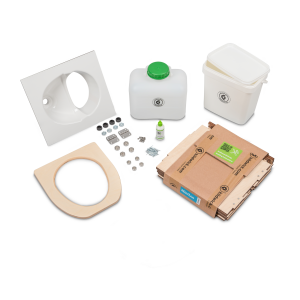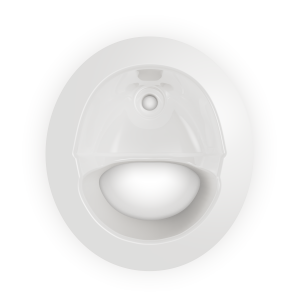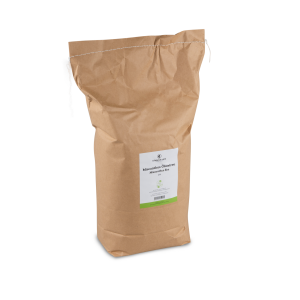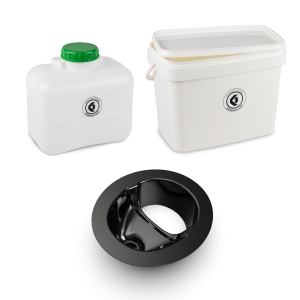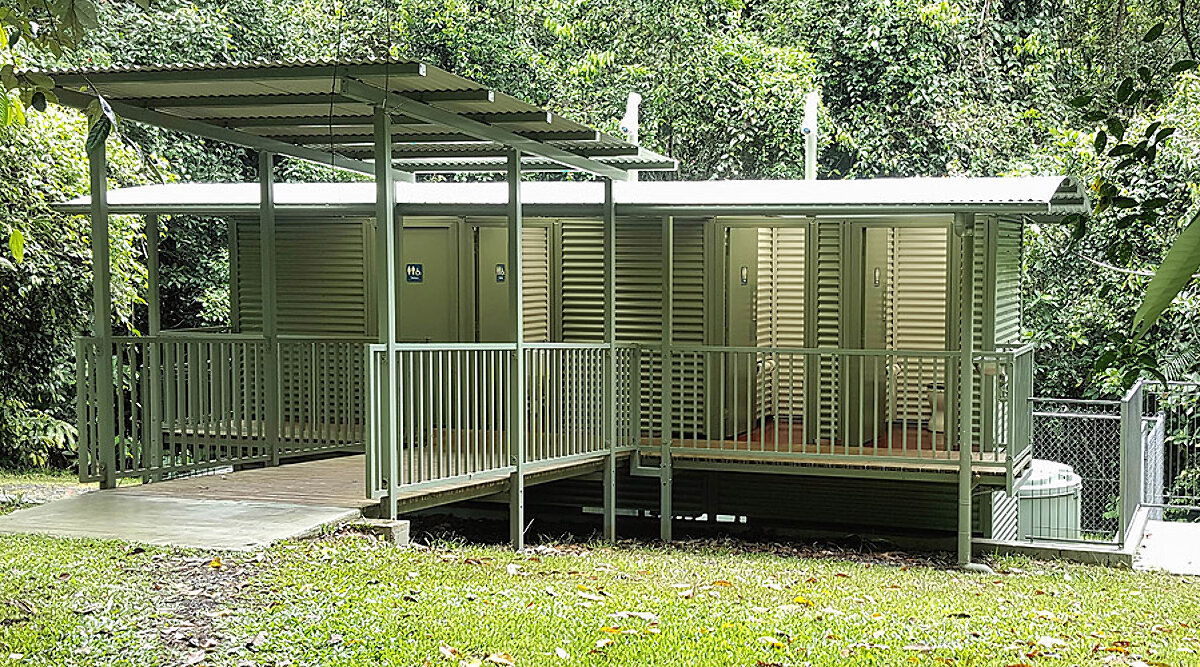How do toilets without water actually work?
More often than you think
A toilet without flushing water is used for various reasons. In so-called developing countries or in remote areas (also in Europe, Canada, USA etc.), for example, access to water is limited. But waterless toilets are also being used more and more in gardens, private homes and recreational areas. However, they are not a must-have solution, if there is a connection to the local water supply network. On the other hand, dry separation toilets are convincing more and more people from an ecological and financial point of view, without restricting the comfort they are used to.
Composting toilets work without water and without harmful chemicals as used in conventional camping toilets. In addition, the capacity is considerably higher than that of conventional toilets.
Waterless...
Waterless toilets in which urine, feces, but also toilet paper and additives such as litter - are collected and returned to nature through composting without harm, for example as fertilizer, are called biological dry separation toilets or composting toilets.
A further distinction can be made here: There are biological dry toilets where composting takes place outside, e.g. on the garden compost. And there are composting toilet systems with direct connection to a compost container, which can also be located inside the house (i.e. worm compost toilets).
In both variants, liquid and solid excreta are separated, as this is the only way to ensure safe composting.
Dry separation toilets are normally no larger than a flush toilet. There are two containers in the body, one for urine and one for feces. To bind odors and moisture, litter is added to the solids container.
Ideally, a bag that is 100 % compostable is inserted into the solids container for feces. As long as urine and feces are not combined, no bad odors will arise. Because of the strict separation, both the urine and feces can be composted.
Urine tanks in a closed system can vary in size. Assuming a capacity of 10 liters and an average urine output of two liters per day, a two-person household can use the dry separation toilet for about two and a half days without emptying the tank.
The solids tank in closed systems has to be emptied much less frequently.
It is not only the enormous water savings and the independence gained that make the dry separation toilet so attractive. It also meets our ever-growing desire to act in an ecologically compatible manner in everyday life. We want to make our contribution: to environmental protection and nature conservation, and for the benefit of future generations.
Personal responsibility is something each of us can take on - Kildwick's systems make it easy for you. With sustainably thought-out and exemplary functioning solutions for everyday use: whether at home or in your garden, whether on the road with your motorhome or with your boat.
Further information regarding the topic of correct emptying, hygiene and care you´ll find in the following blog post „The right way to do it“
